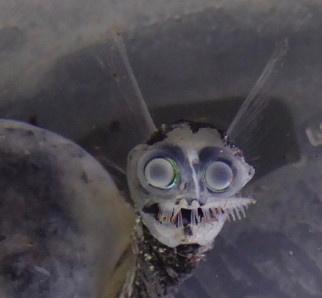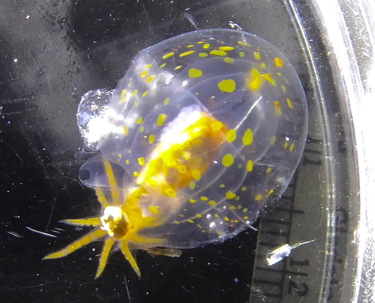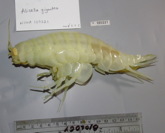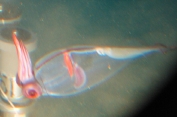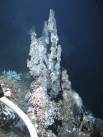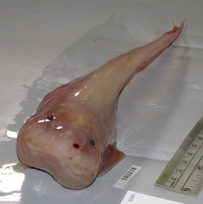
Bathyal seafloor scenes, 510-600m

Bathyal seafloor scenes, 510m


Rattail fish;
Giant sea spider |
BENTHIC ZONES:
"Benthic" refers to life on or in the ocean bottom;
animals swimming just above are "benthopelagic."
-- The shallow zones are the Intertidal (between high
and low tide levels) and the Subtidal (on continental
shelves).
DEEP BENTHIC
ZONES--Bathyal, Abyssal, Hadal:
--Bathyal zone: The continental slopes,
usually in the range of 300-2000m.
--Abyssal zone: The general ocean bottom or abyssal
plain (2000-6000m; average 4000m deep, and covering
perhaps half of the entire planet);
--Hadalzone:
The deep troughs and trenches --6000m
to 11,000m max in the Mariana
Trench; worldwide there are about 15 subduction
trenches with hadal depths, and several deep
non-subduction troughs. These have been little explored, bur are
receiving renewed attention with our HADES
and other programs, e.g., new camera/trap landers have
recently been deployed by University of Aberdeen, Scripps Inst.
Oceanogr., U. Hawai'i (2008 to present, including Kermadec and
Mariana Trenches in 2014); and James Cameron's DEEPSEA CHALLENGE
sub reached the Mariana Trench bottom in 2012. All the programs
have yielded news-making results (new fish species, supergiant
amphipods...see NEWS page and search for
"trench" and news links at top of this page.)
The surface of most deep areas is mud and organic-mud
mixture called ooze, though some bathyal slopes are rocky.
Most life here must also cope with low food supply, and again
most food chains start with detritus and bacteria. The most
common abyssal fishes are
the rattails or grenadiers and cusk
eels; in the hadal zone, snailfish
dominate. The most common non-microscopic invertebrates are echinoderms
such as sea cucumbers, brittle stars, and amphipods;
but there are many other animals such as sea
anemones, sponges, molluscs,
crabs, seaspiders (pycnogonids), burrowing worms
of many types; etc. Echinoderms such as sea cucumbers have been
seen at almost 11,000m depths!
SEAMOUNTS:
Rising from the seafloor all over the world's oceans, seamounts
are hills and mountains that do not reach the ocean surface.
There are thought to be over 30,000 of these, most of which are
unexplored. Recently several expeditions have studied some of
these, and are finding a large number of new species of animals.
See Seamounts Online
for information.
|



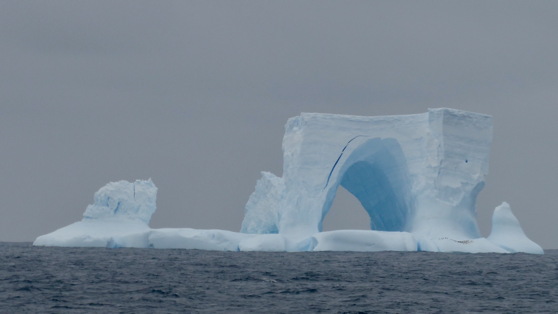
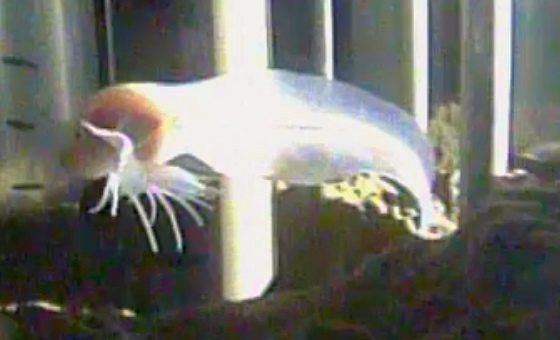
 .
.

